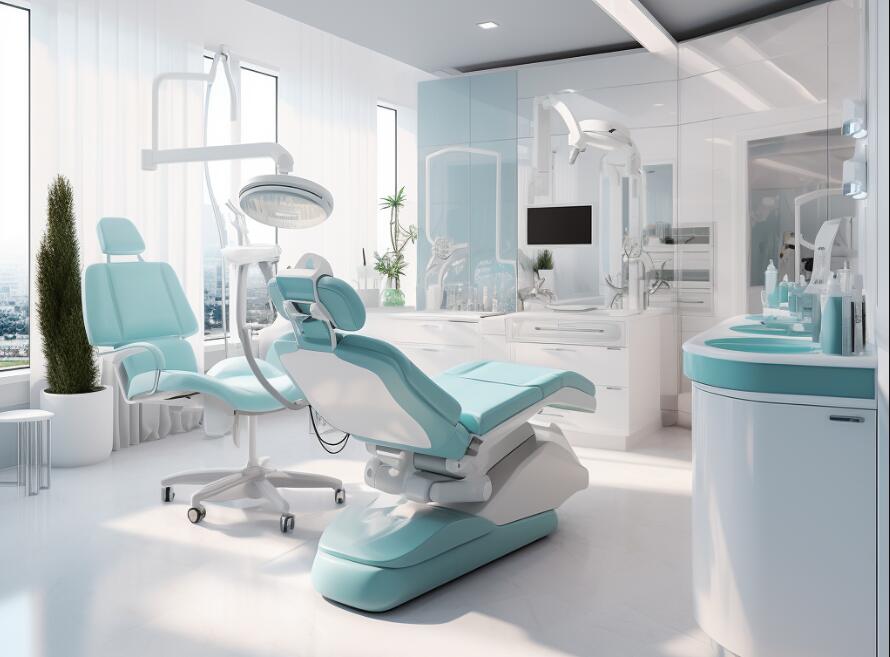
Where to buy Cream Chargers: A Comprehensive Guide
For most of us, whipped cream desserts fall somewhere between a daily necessity and a daily pleasure. And if you are reading this, then you
Nitrous oxide, commonly known as laughing gas, was once a staple in dental clinics worldwide. It was the go-to solution for patients who felt anxious about their upcoming dental procedure. But over the years, its use has seen a decline in many dental practices. Why is that? Let’s delve into the reasons behind this shift.
Modern Alternatives:
With advancements in medical science, a range of newer, more effective sedatives and anesthetics have been developed. These alternatives, such as oral sedatives or intravenous sedation, offer longer-lasting relief from anxiety and pain compared to nitrous oxide.
Tailored Patient Care:
Modern anesthetics can be adjusted to suit individual patient needs, ensuring a more comfortable and anxiety-free experience. This personalized approach wasn’t always possible with nitrous oxide.

While nitrous oxide does offer some level of pain relief and relaxation, it’s not always sufficient for more invasive dental procedures. Some patients reported still feeling pain or anxiety even after being administered the gas.
Potential Side Effects:
Some patients might experience side effects like nausea, headaches, or dizziness after inhaling nitrous oxide.
Health Risks for Dental Staff:
Prolonged exposure to nitrous oxide in dental settings might pose health risks to dental professionals, especially if the clinic isn’t well-ventilated.
Nitrous oxide is a greenhouse gas. Though the amounts used in dental practices are minimal compared to industrial sources, there’s a growing emphasis on reducing all sources of greenhouse gas emissions, including in healthcare settings.
Modern dental anesthetics, while more effective, can also be more cost-efficient in the long run. The equipment and maintenance costs associated with nitrous oxide systems can be higher than other sedation methods.
Today’s patients are more informed and often prefer treatments that are quick, effective, and come with minimal side effects. The demand for nitrous oxide has decreased as patients opt for other forms of sedation.
While nitrous oxide played a crucial role in the history of dental care, the field has evolved, bringing forth newer, more efficient methods of ensuring patient comfort. It’s essential for dental practices to adapt and offer the best possible care to their patients. However, it’s equally important to remember and respect the legacy of innovations like nitrous oxide that paved the way for modern dentistry.

For most of us, whipped cream desserts fall somewhere between a daily necessity and a daily pleasure. And if you are reading this, then you

Image sourced from m.indiamart.com At StarWhip, we understand the importance of fast and efficient whipped cream charger delivery. That’s why we’re excited to introduce our

In today’s digital age, online shopping has become a staple for many. From clothes to electronics, almost everything is available at the click of a

Laughing gas, scientifically known as nitrous oxide (N2O), has various applications ranging from medical to culinary. Whether you’re a dentist looking for sedation options, a

In recent times, there has been a significant buzz around the age requirement for purchasing whipped cream chargers, especially in New York. The question arises

Whipped cream chargers have revolutionized the culinary world, making it easier than ever to create fluffy, delicious whipped cream in seconds. But a common question